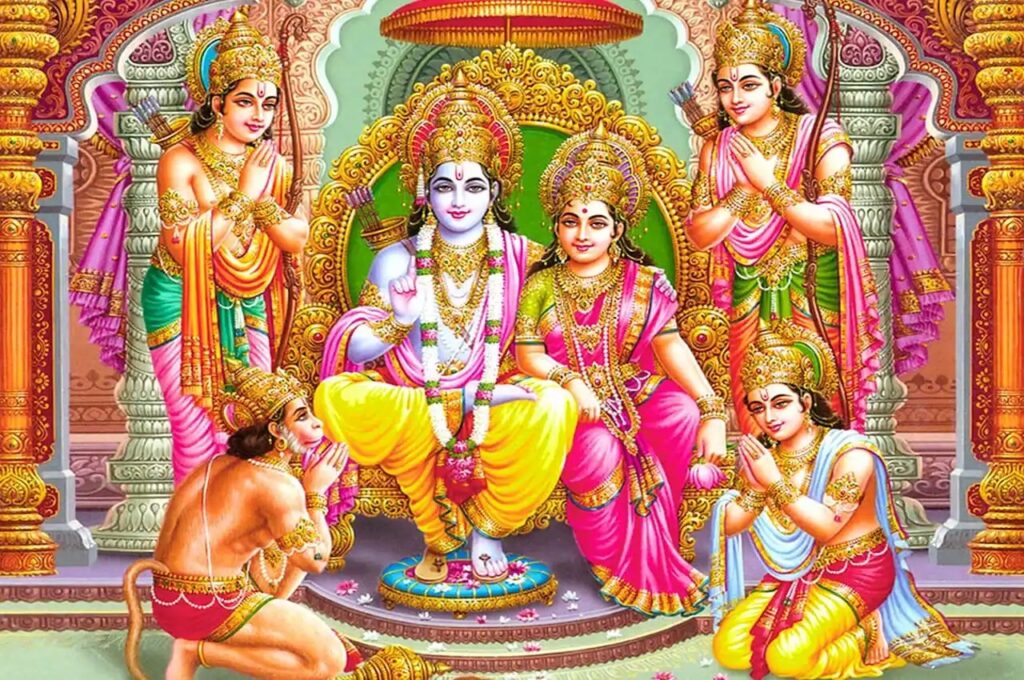Cosmology
Cosmology: A Vast Description of the Universe’s Creation, Structure, and Destruction
Cosmology is the scientific study of the origin, evolution, structure, and ultimate fate of the universe. It lies at the intersection of astronomy, physics, and philosophy, seeking to understand the most fundamental aspects of existence itself.
1. Creation of the Universe: The Beginning of Everything
The prevailing theory of the universe’s origin is the Big Bang Theory. According to this model:
Around 13.8 billion years ago, the universe emerged from a singularity — an infinitely dense and hot point — in an event known as the Big Bang.
This was not an explosion in space but rather an expansion of space itself, carrying matter and energy outward as spacetime rapidly stretched.
Cosmic Inflation, a brief but exponential expansion, occurred within the first fraction of a second. It smoothed out the universe, explaining its large-scale uniformity.
As the universe cooled, subatomic particles formed, then atoms — primarily hydrogen and helium — in a process known as recombination. This gave rise to the cosmic microwave background radiation (CMB), the faint afterglow of the Big Bang, which we can still detect today.
This foundational moment set in motion the laws of physics and the formation of all cosmic structures.
2. Structure of the Universe: The Cosmic Tapestry
The universe is vast and structured in complex ways, from the smallest particles to the largest galactic formations.
A. Matter and Energy Content
Ordinary Matter (Baryonic Matter): Makes up stars, planets, and living beings — only about 5% of the universe.
Dark Matter: An invisible form of matter making up about 27%. It doesn’t emit light but exerts gravitational influence, helping galaxies hold together.
Dark Energy: Comprising about 68% of the universe, this mysterious force drives the accelerated expansion of the universe.
B. Large-Scale Structure
Galaxies are vast systems of stars, gas, dust, and dark matter.
Galaxies cluster together into groups and clusters, which themselves form superclusters.
These are interconnected by cosmic filaments, with vast voids in between — together forming the cosmic web.
C. Cosmic Evolution
Over billions of years, stars and galaxies formed through gravitational collapse.
Heavier elements were forged in stars and supernovae, enabling the development of planets and life.
The universe is still expanding, with galaxies moving away from each other, especially evident in deep-space observations.
3. Destruction and Fate: The Ultimate Destiny of the Universe
Cosmologists propose several theories for how the universe might end, depending on factors like the density of matter and the behavior of dark energy.
A. The Big Freeze (Heat Death)
The most accepted scenario under current models.
The universe will continue expanding forever.
Over trillions of years, stars will burn out, galaxies will fade, and entropy will increase.
Eventually, only black holes and radiation will remain, leading to a cold, dark, lifeless universe.
B. The Big Crunch
If the universe’s density is high enough, gravity could eventually halt the expansion.
The universe would then contract, reversing the Big Bang in a colossal implosion.
This could possibly lead to another Big Bang — a cyclic universe model.
C. The Big Rip
If dark energy becomes stronger over time, it could overcome all forces, tearing galaxies, stars, planets, and even atoms apart.
This catastrophic end would happen in a finite time, perhaps billions of years in the future.
D. Quantum Scenarios
Quantum fluctuations or vacuum decay could cause a sudden transformation of the universe’s structure.
This is speculative but possible under certain interpretations of quantum field theory.
Conclusion
Cosmology is the grand narrative of the universe — a story that begins in a flash of unimaginable energy, unfolds through the majestic dance of galaxies and stars, and may end in darkness, collapse, or cosmic rebirth. It forces humanity to confront deep questions: Why is there something rather than nothing? What is the nature of time, space, and existence? And what, ultimately, is our place in this ever-expanding cosmos?





Pingback: Bhagavata Purana - Vaidik Puja